New High Sensitivity NIR Camera For Inspection And Thermography
22nd June 2010
Source:
STEMMER IMAGING
The new Xenics Bobcat-1.7-320 is a compact, cost-effective uncooled NIR camera with a unique embedded digital signal processor for intelligent, real-time image processing. The camera has a host of inspection and quality control applications using both subsurface NIR inspection and thermal imaging capabilities. NIR imaging has applications in the semiconductor industry, waste sorting and food inspection as well as on-line quality control, while thermal imaging provides quality control for thermal processes and thermography between 300?0¸8C and 800?0¸8C.
The Xenics Bobcat-1.7-320 is an extremely versatile camera for a host of industrial imaging applications. The highly sensitive InGaAs detector is suitable for low light levels and does not require cooling meaning that it has a very low power consumption. If additional SWIR illumination is required, the Bobcat can be used in conjunction with light sources such as an eye-safe 1.55 ?0…8m laser.
Built-in digital signal processing, PC connection via a standard Ethernet or optional CameraLink connections and a compact size, means that the Bobcat can be used in restrictive and challenging industrial environments. Standard C-Mount lenses and protective camera housings can be used. Bobcat is supplied with a graphical user interface that provides easy control of the camera and acquisition of images. Images and movies can be saved in various file formats.
NIR imaging provides information not available from visible spectrum imaging. This can range from sugar content in fruit, to low-level photon emissions caused by semiconductor grid defects to absorption by various plastic materials. NIR Imaging also allows features below the surface of an object to be viewed, allowing internal defects to be imaged and opens the possibility of inspecting product through, for example, plastic packaging. For thermal imaging applications, NIR radiation will pass through glass for imaging, whereas glass is opaque to LWIR cameras. Because the Bobcat is less sensitive to emissivity changes, it is ideally suited to thermography measurements in the 300?0¸8C to 800?0¸8C temperature range.
Built-in digital signal processing, PC connection via a standard Ethernet or optional CameraLink connections and a compact size, means that the Bobcat can be used in restrictive and challenging industrial environments. Standard C-Mount lenses and protective camera housings can be used. Bobcat is supplied with a graphical user interface that provides easy control of the camera and acquisition of images. Images and movies can be saved in various file formats.
NIR imaging provides information not available from visible spectrum imaging. This can range from sugar content in fruit, to low-level photon emissions caused by semiconductor grid defects to absorption by various plastic materials. NIR Imaging also allows features below the surface of an object to be viewed, allowing internal defects to be imaged and opens the possibility of inspecting product through, for example, plastic packaging. For thermal imaging applications, NIR radiation will pass through glass for imaging, whereas glass is opaque to LWIR cameras. Because the Bobcat is less sensitive to emissivity changes, it is ideally suited to thermography measurements in the 300?0¸8C to 800?0¸8C temperature range.
Similar articles
More from STEMMER IMAGING
- Machine learning and 3D vision at MACH 2018 28th March 2018
- Showcasing machine learning and 3D vision technologies 28th March 2018
- You can now register for free two day event with STEMMER IMAGING 12th October 2017
- Partnership with AL-KO AG secures STEMMER IMAGING's future 7th July 2017

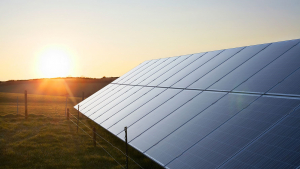
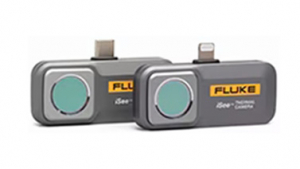
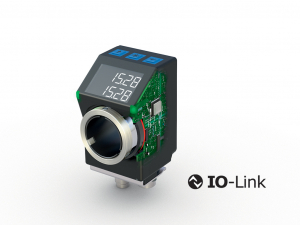
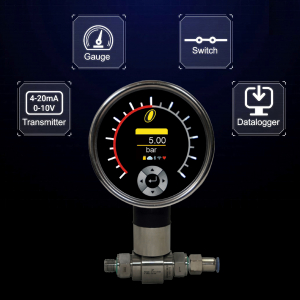
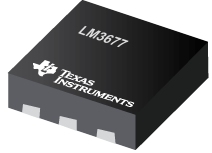

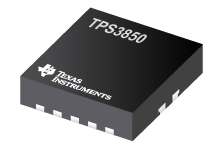
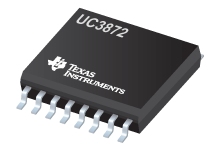

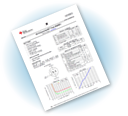

Write a comment
No comments